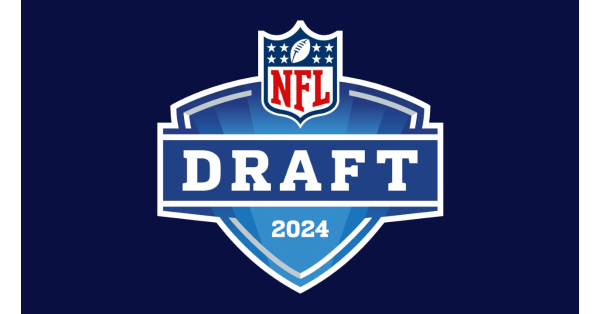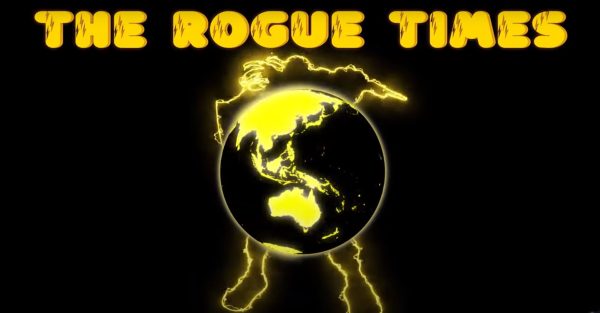Gambino vs. Fairfax County School Board
Teenagers should be able express themselves through any form accessible to them including journalism. It is within writing that students may help others become both educated and informed on news going on in their community, or outside there little world personal and personal lives. However, on June 10, of 1977, this sense of expression and freedom was put to the question by the Fairfax County School Board.
Students of Hayfield Secondary School in Virginia wrote an article in the school newspaper, “The Farm News” titled “Sexually Active Students Fail to Use Contraception”. This article was made with the intention of helping educate teenagers at the high school about contraception and safe sex.
However, when the school board found out about this, they banned the publication of this portion in the newspaper because it went against an issued notice, “6/30” which prohibited schools from offering sex education until there was an official “proposed program.”
According to the Fairfax County School Board, the First Amendment did not apply to this situation because they claimed the newspaper was an “inhouse organ of school the system, funded and sponsored by the board.” Because of this, the newspaper article could not be viewed as a public forum. Not only this, but they also claimed that students were “captive” to this article because the newspaper was “solicited for and distributed during school hours.” Overall, it undermined the policy ,which prohibited speaking of birth control.
On the other hand, the students claimed that they were entitled to the First Amendment because the newspaper had the right to have the power to control the content of its own publication. They also claimed that students of Hayfield were not captive to the article because they grabbed and read the newspaper at their own will.
On October 17, of 1977, after five months passed, the final decision was made by the court. The students in the Farm News, controlling the school newspaper, had the right to publish the article as it was a form of the freedom of speech included in the First Amendment.






Alex • Oct 22, 2018 at 10:40 am
I came across this website while doing a school project and I just needed to say that your banner is a beauty.